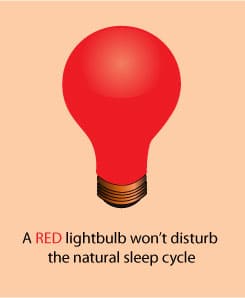Sleep During Pregnancy
Sleep will change as you progress in the pregnancy and is affected by hormonal fluctuations and other physical changes. It is normal to sleep less during pregnancy and to wake up more often, and spend more time awake during the night. Leg cramps are a common, and potentially treatable, source of sleep disruption in pregnancy. If you experience leg cramping at night, you should discuss this with your health care provider.
In the first trimester:
- Increased sleepiness is normal and is due to increased progesterone
- Sleep may be disrupted by increased urinary frequency, nausea/vomiting, backache
In the second trimester:
- Sleep may disrupted by fetal movements, heartburn, and increased urinary frequency
In the third trimester:
- Sleep may disrupted
- May have increased wake time relative to other trimesters
Medications: Benadryl or another type of antihistamine are used by women during pregnancy, or a benzodiazepine if the woman is late in the pregnancy. Talk to your physician.
Sleep During Postpartum
Sleep disturbance is the norm during postpartum. Expect your sleep to be disturbed for the first few months of your baby’s life, probably even more so than during pregnancy. However, a warning sign to watch for is not being able to sleep when your baby is sleeping. If you have trouble falling asleep when your baby is sleeping, or are waking up too early in the morning and cannot get back to sleep even if the baby is sleeping, you should consult your health care provider.
Some tips to make the postpartum period easier:
 Whenever possible, share nighttime feedings with your partner. The best way to do this is for you and your partner to pick a “shift” during the night (a period of about 4 hours), when your partner will take care of the baby and you will be left alone to sleep.
Whenever possible, share nighttime feedings with your partner. The best way to do this is for you and your partner to pick a “shift” during the night (a period of about 4 hours), when your partner will take care of the baby and you will be left alone to sleep.
Keep this shift as constant as possible (that is, the same block of 4 hours during the night, such as from 1-5) so that you are sleeping during the same hours each night.
Unlike regular lights, red lights do not interfere with our body’s natural sleep-wake clock. Install a red light in your bedroom and/or the baby’s nursery, wherever you attend to the baby at night. Turn on the red light when you are feeding or attending to the baby at night. You can purchase red light bulbs from the hardware store.
Additionally, you may want to try an sleep tracker app on your smartphone or device such as:
General Sleep Tips
Keep consistent bed and wake times, don’t sleep in or go to bed early.
Dim the lights (just bright enough to see what your doing) 60-90 minutes before bedtime. Schedule a 45 minute wind down time to relax prior to bedtime.
Get as much bright light (sunlight is best) during the day, especially in the morning.
If you are napping during the day, you should also schedule the nap time and keep it the same every day. You should nap in the bed you use for sleeping and not elsewhere. Keep the room as dark as possible during naps. Don’t nap too close to bedtime.
During the night when you are not able to sleep after 20 minutes or so, get out of bed if you can and do something else in another room. Do something relaxing, not too engaging, in dim light, just enough to see what you are doing. Don’t return to bed until you are very sleepy.
In general, your bed should be for sleep and sleep only; you should avoid doing anything else in bed/bedroom. The most important thing is for you to get solid, unbroken sleep.